Vision problems can occur at any age, which is why regular eye exams are so important. And vision care isn’t just about seeing well. It’s also about quality of life. Good vision care leads to better overall health.
Infants – The “InfantSEE” Program
Cooing, sitting up, and crawling are signs that your baby is growing. Your baby’s vision has stages of development too, but the signs marking progress are not so obvious.
For many months to come, those little eyes will be the windows she uses to learn almost everything about her new world.
It’s up to you to help her develop properly, and ensure that she sees her new world clearly and accurately. Many eye conditions have no symptoms that can be identified by a parent or in a well baby check-up. Early detection is the best way to ensure your child has healthy eyes and appropriate development of vision- now and in the future. We can help.
InfantSEE®, developed by the American Optometric Association is a public health program designed to ensure that eye and vision care becomes an integral part of infant wellness care to improve a child’s quality of life. InfantSEE®, program, is designed to ensure that eye and vision care becomes an essential part of infant wellness care to improve a child’s quality of life. Drs. Eric and Andrea Beatty feel so strongly about the importance of healthy vision that participating member optometrists will provide a no-cost comprehensive infant eye and vision infant eye vision assessment between 6 and 12 months of age.
Kids
The AOA recommends kids be examined by an optometrist at ages 1, 3, and 5 years of ages. For kids, regular eye exams are important because 80% of what a child learns by age 12 is obtained visually. It is critical to get your childrens’ eyes checked at these early years to help treat or avoid developing a “lazy eye” or amblyopia, which can leave a child with permanently impaired vision if not treated early enough.
Teens
There is a significant relationship between undetected vision problems and reading and learning difficulties as well as self-esteem and sports performance.
18-39
At this stage, there is a trend toward heavy contact lens use. Remember, in most cases, contact lens wearers should allow four to six hours of rest for their eyes to get the oxygen they require each day. Always have a good pair of glasses for times you’re not wearing your contacts.
40+
Once you hit 40, your near vision begins to change. Even if you never needed glasses before, you’ll soon need some sort of vision correction to help you read. This slow progressive loss of near vision after 40 is condition is known as “Presbyopia”. We have many options to improve and regain your near vision to levels you were before this natural change including glasses, multifocal contact lenses, and refractive surgical options. Dry eye is also more common in this age group and can make wearing contact lenses more uncomfortable.
Baby Boomers & Seniors
One in every three seniors has a vision-impairing eye disease, but most aren’t aware of any symptoms until the eye disease has progressed to the point that treatment options are limited. However, regular eye exams can detect them much earlier. Changes in the natural crystalline lens (cataracts) occurs naturally over a lifetime.
No matter what a person’s age, eye exams do more than determine eye health. In fact, diseases like diabetes and hypertension can be detected during an exam. Furthermore, serious eye disease and conditions such as cataracts, glaucoma, macular degeneration and retinal disorders need to be diagnosed as early as possible to prevent permanent vision loss or blindness. The bottom line? Good vision can last a lifetime. But, in order to protect your eyes, prevention and care should start at a young age.


